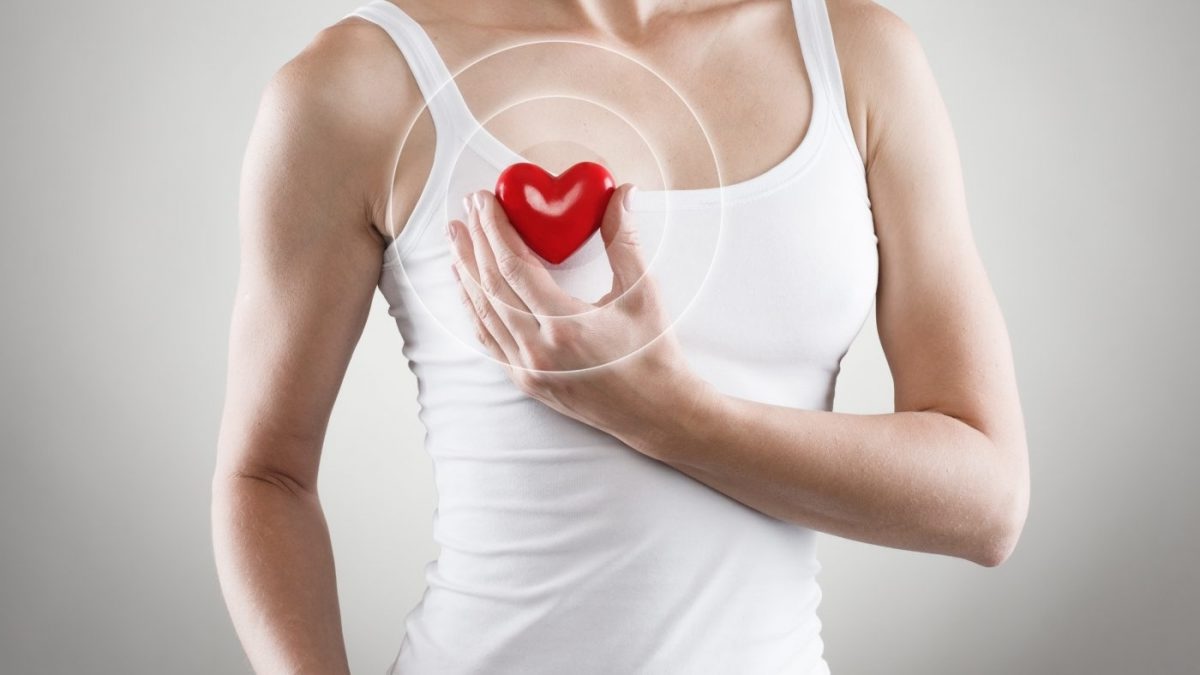
Cardiac-Valvular Ehlers-Danlos Syndrome (cvEDS) is a rare genetic disorder that affects connective tissues, particularly the heart valves. This condition can lead to serious complications, including heart valve problems, fragile skin, and joint hypermobility. CvEDS is caused by mutations in the COL1A2 gene, which is responsible for producing type I collagen, a crucial protein for connective tissue strength and flexibility. People with this syndrome often experience symptoms like easy bruising, stretchy skin, and joint dislocations. Early diagnosis and proper management are essential to improve quality of life and prevent severe complications. Understanding the unique challenges faced by individuals with cvEDS can help in providing better care and support.
Key Takeaways:
- Cardiac-Valvular Ehlers-Danlos Syndrome (cvEDS) is a rare genetic disorder affecting the heart valves, leading to joint hypermobility and skin issues. Early diagnosis and comprehensive management are crucial for individuals with cvEDS.
- Living with cvEDS involves lifestyle adjustments, support networks, and a balanced diet. Ongoing research offers hope for better treatments and improved quality of life for individuals with this rare genetic disorder.
Understanding Cardiac-Valvular Ehlers-Danlos Syndrome
Cardiac-Valvular Ehlers-Danlos Syndrome (cvEDS) is a rare genetic disorder that affects connective tissues, particularly those in the heart valves. This condition can lead to serious cardiovascular complications. Here are some key facts to help you understand cvEDS better.
-
Genetic Mutation: cvEDS is caused by mutations in the COL1A2 gene, which is responsible for producing type I collagen, a crucial protein for connective tissues.
-
Inheritance Pattern: This syndrome follows an autosomal recessive inheritance pattern, meaning both parents must carry the mutated gene for their child to be affected.
-
Heart Valve Issues: Individuals with cvEDS often experience severe heart valve problems, including mitral valve prolapse and aortic valve insufficiency.
-
Skin Characteristics: People with cvEDS typically have soft, velvety skin that is highly elastic and prone to bruising.
-
Joint Hypermobility: Joint hypermobility is common in cvEDS, leading to frequent dislocations and chronic joint pain.
Symptoms and Diagnosis
Recognizing the symptoms and getting an accurate diagnosis is crucial for managing cvEDS. Here are some important facts about the symptoms and diagnostic process.
-
Early Signs: Symptoms often appear in childhood, including hypermobile joints, skin that bruises easily, and early-onset varicose veins.
-
Cardiovascular Symptoms: Heart-related symptoms may include shortness of breath, palpitations, and chest pain due to valve issues.
-
Diagnostic Tests: Diagnosis typically involves genetic testing to identify COL1A2 mutations, along with echocardiograms to assess heart valve function.
-
Family History: A detailed family history can help in diagnosing cvEDS, as the condition is inherited.
-
Skin Biopsy: In some cases, a skin biopsy may be performed to examine collagen structure and confirm the diagnosis.
Treatment and Management
Managing cvEDS requires a comprehensive approach to address both cardiovascular and connective tissue issues. Here are some facts about treatment and management strategies.
-
Regular Monitoring: Regular cardiovascular monitoring is essential to detect and manage heart valve problems early.
-
Medications: Medications such as beta-blockers may be prescribed to manage heart symptoms and reduce the risk of complications.
-
Surgical Interventions: In severe cases, surgical repair or replacement of affected heart valves may be necessary.
-
Physical Therapy: Physical therapy can help manage joint pain and improve mobility in individuals with cvEDS.
-
Skin Care: Special skin care routines can help prevent bruising and skin injuries.
Living with cvEDS
Living with cvEDS involves adapting to the challenges posed by the condition. Here are some facts about daily life and coping strategies.
-
Lifestyle Adjustments: Avoiding high-impact activities and heavy lifting can help prevent joint injuries and cardiovascular strain.
-
Support Networks: Joining support groups and connecting with others who have cvEDS can provide emotional support and practical advice.
-
Nutritional Support: A balanced diet rich in vitamins and minerals can support overall health and connective tissue function.
-
Mental Health: Managing mental health is crucial, as living with a chronic condition can be stressful and emotionally challenging.
-
Education and Awareness: Educating family, friends, and healthcare providers about cvEDS can improve understanding and support.
Research and Future Directions
Ongoing research is vital for improving the understanding and treatment of cvEDS. Here are some facts about current research and future prospects.
-
Genetic Research: Researchers are exploring new genetic therapies that could potentially correct the COL1A2 mutation.
-
Clinical Trials: Clinical trials are underway to test new medications and treatment approaches for cvEDS.
-
Patient Registries: Patient registries help collect data on cvEDS, aiding research and improving patient care.
-
Collaborative Efforts: International collaborations among researchers and healthcare providers are essential for advancing cvEDS research.
-
Hope for the Future: Advances in genetic research and personalized medicine hold promise for better treatments and improved quality of life for individuals with cvEDS.
Final Thoughts on Cardiac-Valvular Ehlers-Danlos Syndrome
Cardiac-Valvular Ehlers-Danlos Syndrome (cvEDS) is a rare genetic disorder that affects connective tissues, leading to serious heart and vascular complications. Understanding the symptoms, genetic causes, and treatment options is crucial for managing this condition. Early diagnosis can significantly improve quality of life and reduce risks associated with heart valve issues and arterial fragility. Genetic counseling and regular monitoring by healthcare professionals are essential for those affected. By staying informed and proactive, individuals with cvEDS can better navigate their health journey. Remember, knowledge is power when dealing with any medical condition. Stay curious, stay informed, and always consult with your healthcare provider for personalized advice.
Frequently Asked Questions
Was this page helpful?
Our commitment to delivering trustworthy and engaging content is at the heart of what we do. Each fact on our site is contributed by real users like you, bringing a wealth of diverse insights and information. To ensure the highest standards of accuracy and reliability, our dedicated editors meticulously review each submission. This process guarantees that the facts we share are not only fascinating but also credible. Trust in our commitment to quality and authenticity as you explore and learn with us.
